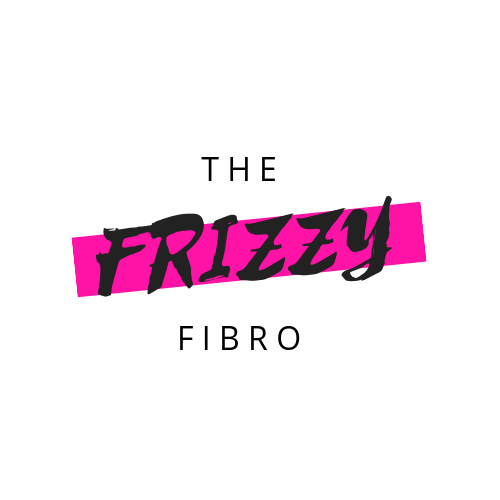If I could choose one thing to never have to deal with ever again in my life, it would be migraines. Finding migraine relief can often feel like finding a needle in a haystack. As a chronic migraine sufferer, I am plagued with regular migraines that have only recently been prevented and managed by medication. While there is no replacement for the treatments given by neurologists, there are several products I strongly recommend to anyone who suffers even occasional migraines.
Here are my top picks for migraine relief must-haves:
Peppermint Oil

I keep this big bottle of peppermint oil in my shower. When I have a migraine, I put some on all the walls of my shower before turning on the water. The steam from the shower creates a minty fog that lets me breathe in the peppermint oil as I bathe. Peppermint is known to provide migraine relief and ease the nausea that often accompanies them. When I am out and about, I keep this perfectly purse sized diffuser on hand. When I feel a migraine coming on, I take a few deep breaths with this and feel the effects of the peppermint oil.
Barometric Pressure Earplugs

Learning how barometric pressure influences migraines was a breakthrough for me. It can be helpful to learn whether you are more strongly affected by drops or rises in barometric pressure (and by what degree of change). These barometric pressure filtering ear plugs are AMAZING. I keep them in my purse at all times and always bring them on planes. The accompanying app allows you to monitor pressure changes and even set alerts for when the changes are set to happen to give you a heads up to place your earplugs in. Within 10 minutes of putting the earplugs in, i start to feel migraine relief.
Magnesium

There are several studies that show the benefits of magnesium for preventing and treating migraines. One source of magnesium that I find helpful for my migraines is taking an epson salt bath. I like this bag because it’s large enough to last you several baths. I recommend putting 2-3 cups of salt in your bath to ensure a strong concentration. Every time can be different in terms of what brings migraine relief. I sometimes find comfort in cold compresses and other times enjoy hot showers or baths.
Iced Eye Mask

One of the best things for my migraines is an ice pack right on my eyes. This weighted cooling eye mask is the perfect way to provide relief and block out the light. The gel pack inside can be taken out and kept in the freezer. Even without the gel pack, the mask still provides a gentle weight that can be helpful. I find the weight of it to be comforting, as I experience migraine pain right behind my eyes.
Sleep Mask

While I don’t typically wear a sleep mask on a regular night, falling asleep with a migraine can be a struggle. The slightest sliver of light trickling in feels like a headlight shining in your face. I sometimes put an eye mask on when I have a migraine even if I am not trying to sleep – just to give my eyes some rest. This eye mask is my top pick. Its large enough to cover my whole eye socket and is lightweight and doesn’t touch my eyelids, which I find more comfortable for actually sleeping with it on.
Night Vision Goggles

This one might sound funny, but I cannot put into words how much I love my night goggles. Do I look like a huge dork with them on? 100% Can I finally drive at night without triggering a massive migraine from oncoming traffic’s headlights? 1000% Blue light glasses are all the rage for working on the computer, but the newer headlights are even more obtrusive to your vision. I love that these completely cover your eye from all sides, as driving often means headlights coming at you from all directions. They even fit over my glasses.
Nuun Hydration

I, like so many others, do not drink enough water. Despite my best efforts to stay hydrated, I know I fall short. Electrolytes are a great way to boost hydration, but many drinks with electrolytes (like Gatorade) are high in sugar which can actually trigger migraines in some. I personally love adding a Nuun tablet to water 1 or 2 times a day to increase my hydration. My favorite flavor is strawberry lemonade and I have found that since making Nuun a part of my daily routine, I have reduced the number of migraines I experience.







